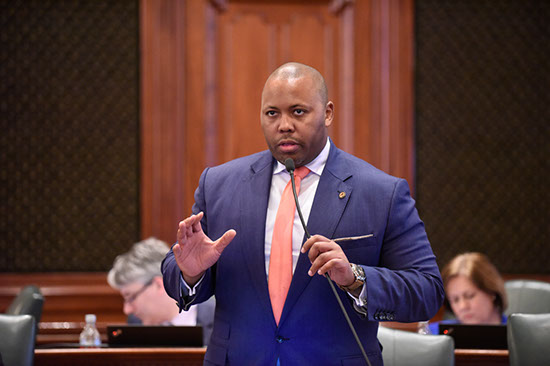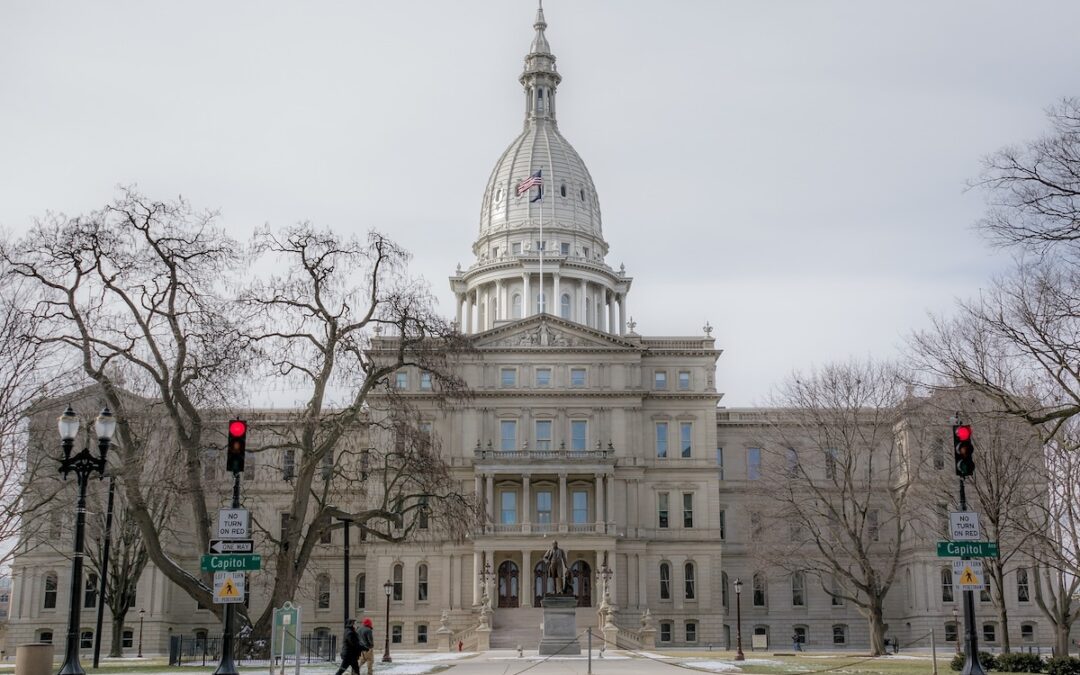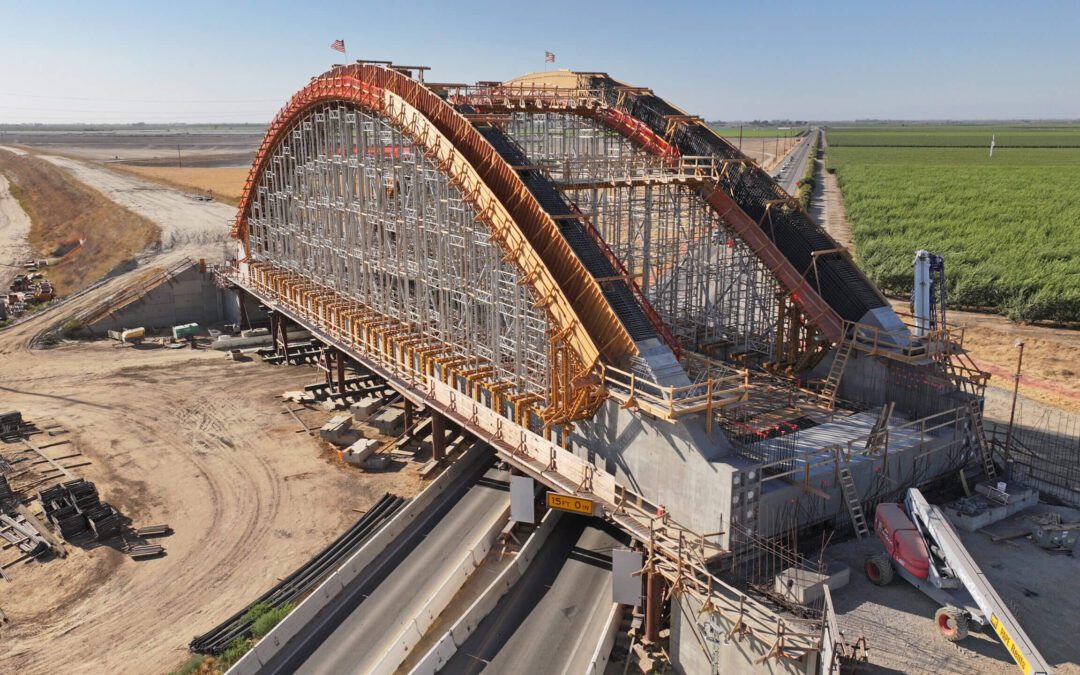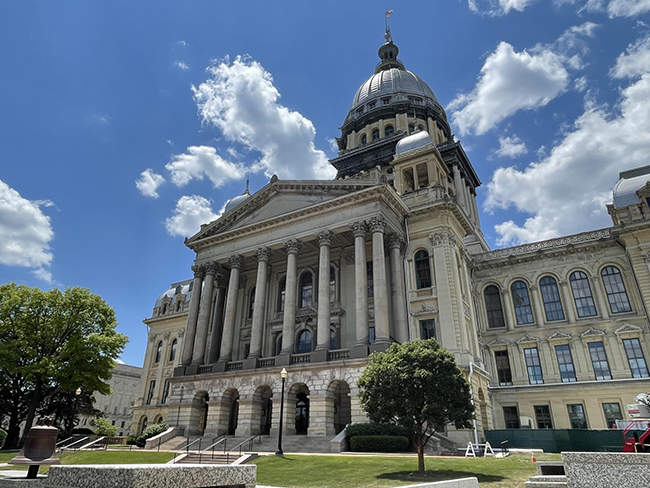Advocates must keep up pressure to help him deliver on promise. Illinois legislators will return to Springfield Oct. 14 for the Veto Session, at which they also can take up urgent legislation that they did not pass in the spring. Such a piece of legislation is the...
An order for new coaches is needed now
Guest post by Jim Anderson
Amtrak trains operating out of the Chicago Hub are so popular that seats are becoming scarce. This is the kind of problem we like to have, rather than slack demand. Solutions won’t come quickly, but we have ideas.
The scarcity is documented in a new report called Growth Spurt: The Outlook for Chicago’s Intercity Rail Traffic through 2030, authored by Joseph P. Schwieterman, director of the Chaddick Institute for Metropolitan Development at DePaul University in Chicago.
The state-supported routes based in Chicago saw 1.9 million passengers from October 2024 through June 2025. This represents an 8% increase over the same period in the previous federal fiscal year, and it brings ridership on Chicago-based state-supported routes to 94.4% of the pre-pandemic level. These routes are projected to return to pre-pandemic ridership levels by late 2026.
Get Involved
Tell Congress: It’s time to reconnect the country with high-speed and regional rail!
The Chicago Hub’s ridership growth is on track to well outpace the 2.5-2.6% growth projected by the United States Travel Association for U.S. auto travel through 2027. By late next year, the study anticipates that traffic will consistently surpass 2019 levels.
However, as the report states:
“Growth is expected to slow considerably between 2028 and 2030 due to the need for additional coaches and the probable lack of significant new service additions by state governments. These factors will likely limit the Chicago Hub’s ability to meet rising demand and fully leverage previous investments, particularly Chicago Union Station improvements and 110-mph service to Detroit and St. Louis, through 2030.”
An important data point is the load factor – seat-miles sold as a percentage of seat-miles available. For Chicago-based state-supported routes, the load factor for the nine months ending in June 2025 rose to 48.3%, up from 42.9% over the same period the year prior.
Load factors are a tricky number in regional rail. The preponderance of passengers are riding between Chicago and an outlying stop, so there tend to be available seats at the far end of each run, but trains may be “sold out” at some point. For example, on a Lincoln Service train, it may be possible to purchase a ticket from St. Louis to Lincoln, but the train may be sold out from Normal to Chicago.
The report says load factors on regional rail routes tend to be below 50%. The Chicago-based routes are right up against that level now.
When we promote reliability in rail travel, having trains that are sold out where and when potential passengers wish to travel is intolerable.
Our proposed solutions:
The first thing the states that support these routes can do is add more coaches. Each new Venture coach has 68 seats; adding two to each train would add 136 seats. Unfortunately, each of these coaches costs approximately $3 million, and it can take a decade from order placement to delivery. Adding two coaches to each Chicago-based state-supported route would require the states to supply Amtrak with 40-45 coaches, according to industry sources.
We urge the states to find the money and get on the phone with those orders, because the mobility of their citizens will be hindered if they don’t.
While we await the arrival of additional state-supported Amtrak coaches, states should be charging ahead with possibly non-Amtrak-operated regional rail. Specifically, there should be train every two hours or better between Champaign and Chicago, and between Normal and Chicago.
Champaign and Normal are 129 and 124 miles from Chicago, respectively. These routes could be operated by Metra or a different public authority, depending on how (or if) Illinois legislators reorganize public transportation to avert the so-called Fiscal Cliff. Adding regional routes to accommodate more riders would return value to the public in exchange for whatever new taxes are imposed.
Neither of these is a quick or cheap solution either. The Champaign service would require the construction of 92 miles of double track between University Park and Champaign, which, thankfully, can be built on existing right-of-way. The Normal service, would require a similar stretch of second main, and solving delay issues north of Joliet.
These proposals are worth pursuing because Champaign and Normal are home to two important universities, the University of Illinois in Champaign, and Illinois State in Normal. There should be a regular connection to Chicago, for academic, commercial and cultural purposes.
All of these are advances that will take time and money – but if we don’t start now, we’ll never reach the Promised Land.
The Latest from HSRA
Our Latest Blog Posts
Check out the latest news, updates, and high speed rail insights from our blog!





